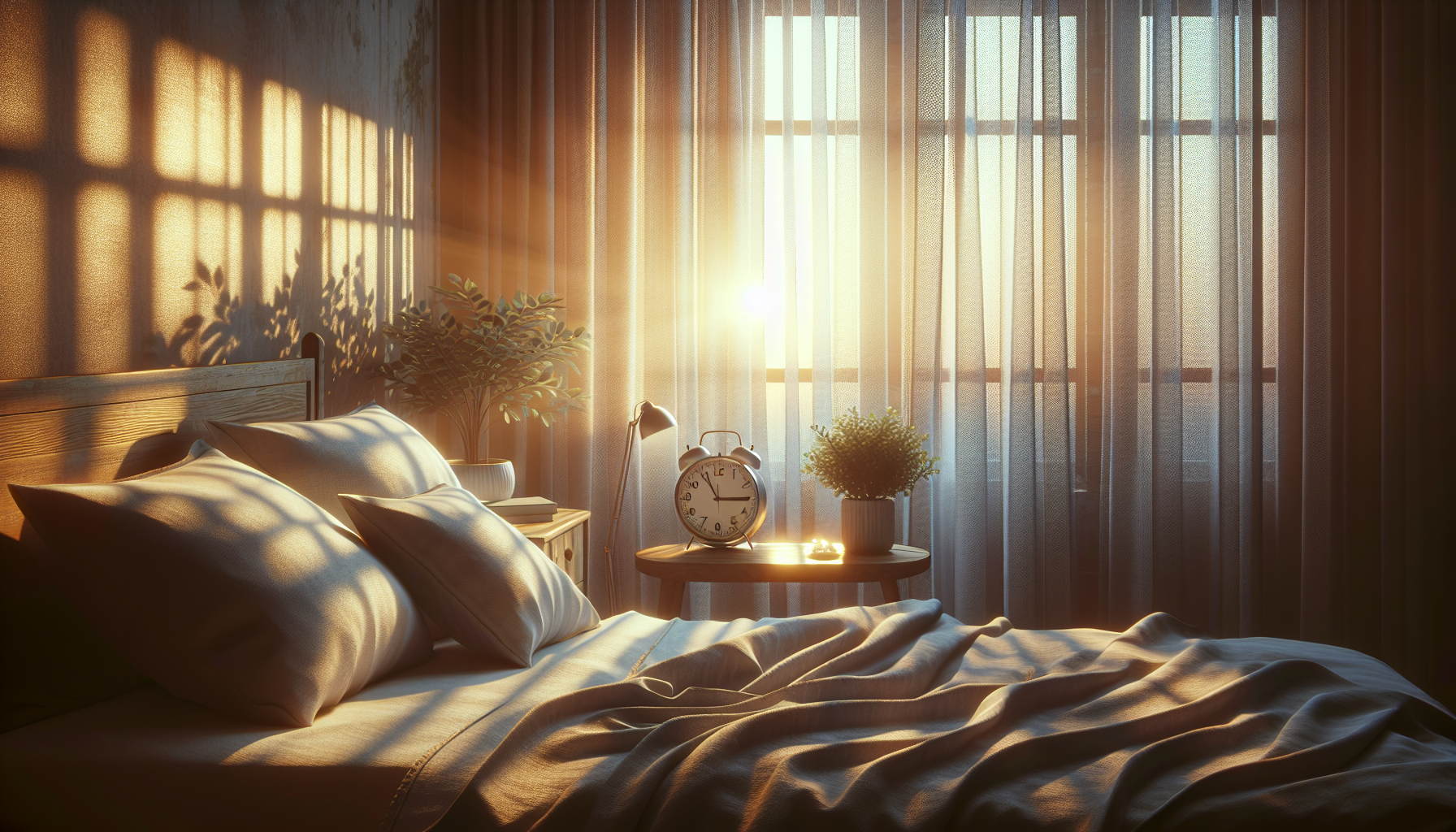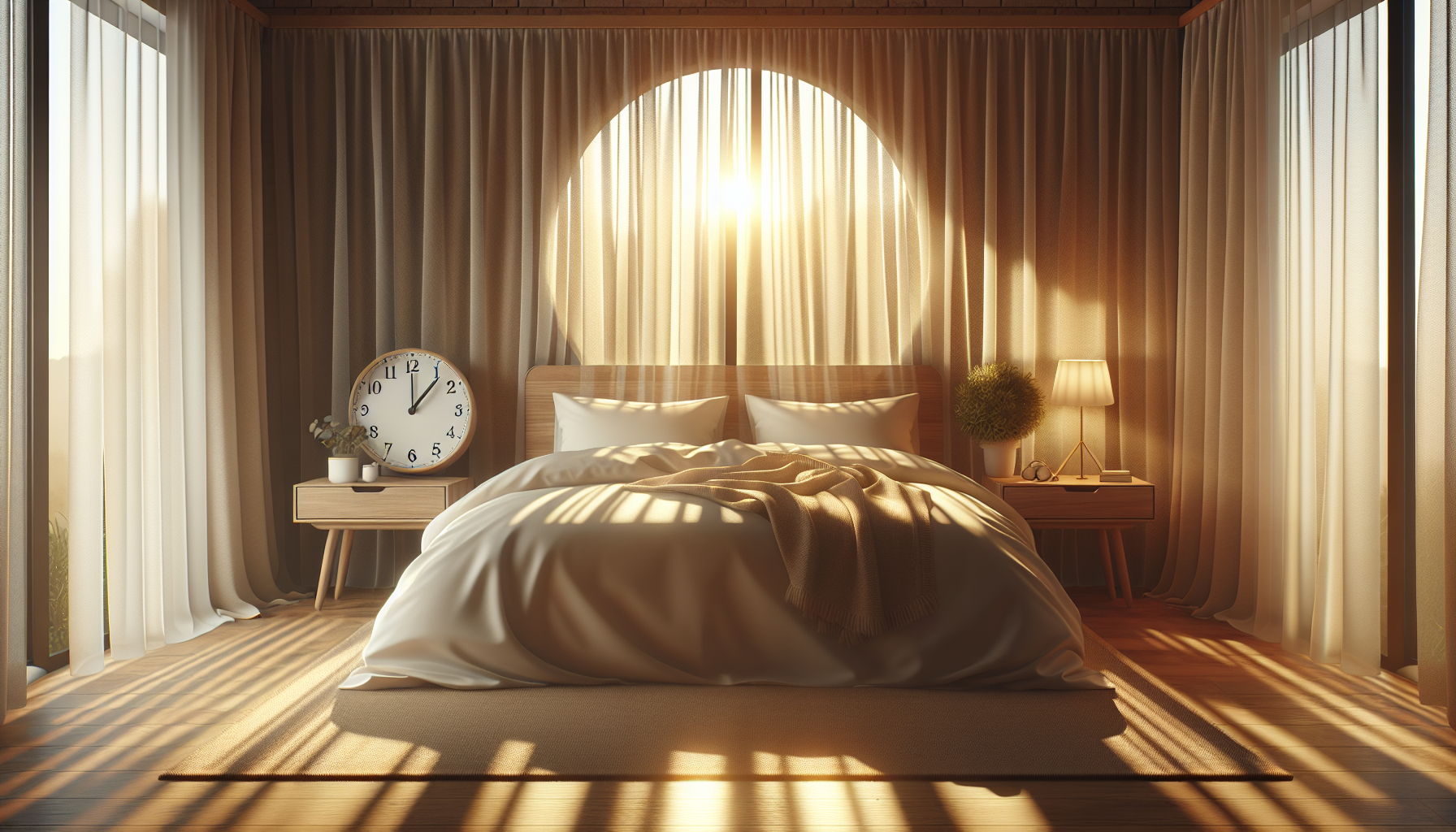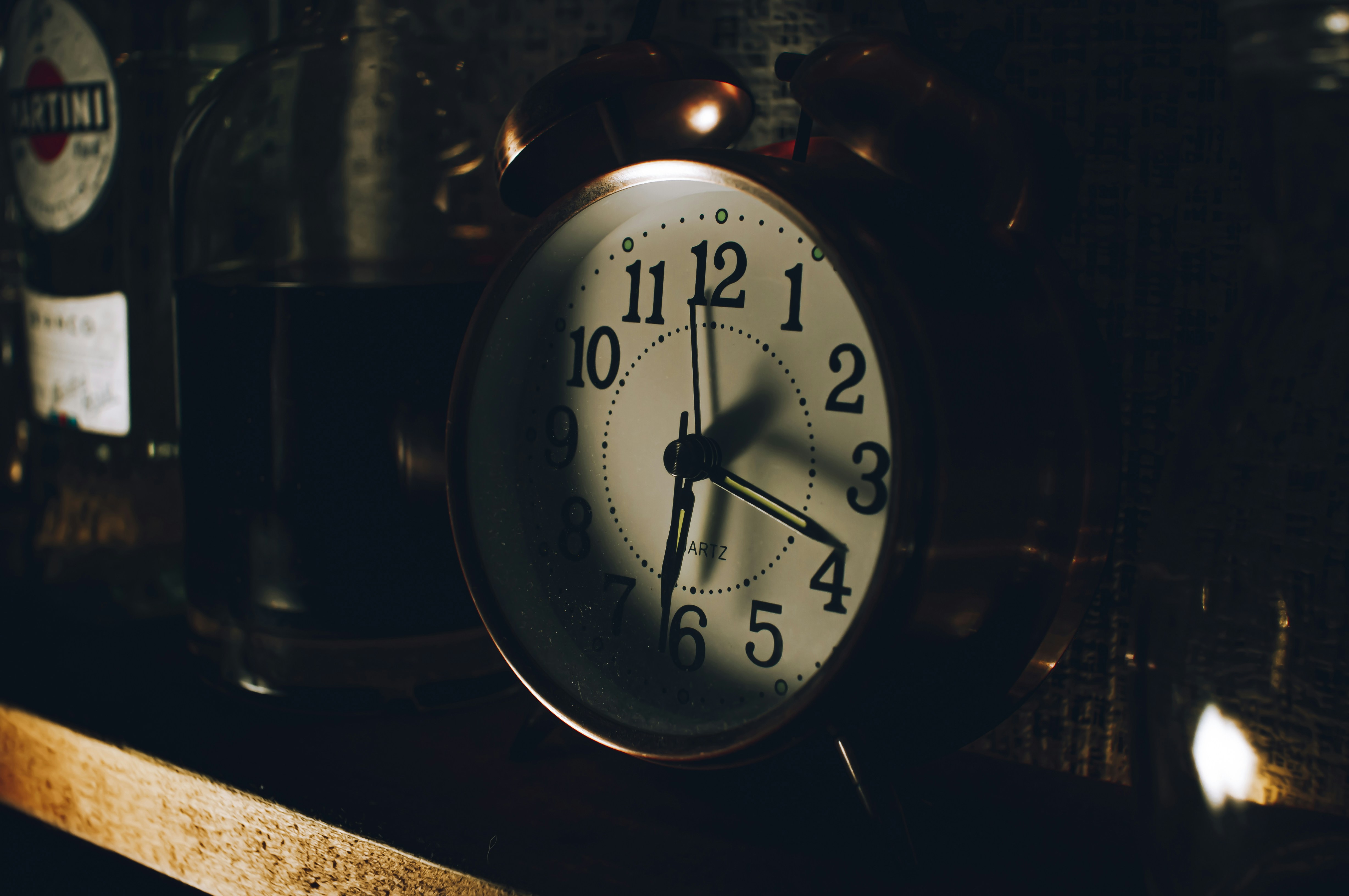Have you ever wondered why you feel more energetic during the day and sleepier at night? It might have something to do with your exposure to light and your circadian rhythm.
Understanding Light Exposure
Light isn’t just something that brightens your room; it plays a significant role in regulating your body’s internal clock. This internal mechanism guides when you feel awake or tired, and it’s influenced heavily by the light you’re exposed to throughout the day.
The Two Types of Light
When we talk about light and its effects on the body, we generally refer to two main types: natural light and artificial light. Each type impacts your circadian rhythm in different ways.
Natural Light
Natural light, especially sunlight, is more than just a source of illumination. It sets the timing for your circadian rhythms. The blue light spectrum, which is abundant in natural sunlight, has a strong influence on your alertness and mood.
It’s fascinating how even a little exposure to sunlight can signal to your brain that it’s time to be awake. Think about those sunny days when you feel more productive and focused. That’s no coincidence. Your body is responding to the light.
Artificial Light
Artificial light, on the other hand, is a bit of a double-edged sword. The convenience of electric lighting has revolutionized how we live, but it also poses challenges to our natural rhythms. Devices like smartphones, computers, and LED lights emit blue light as well, tricking your brain into thinking it’s still daytime, which can interfere with your sleep cycle.
It’s easy to underestimate how those late-night scrolling sessions or binge-watching TV shows with the lights off impact your internal clock.
The Impact of Light on Sleep
Understanding the relationship between light exposure and sleep is crucial, especially in today’s world filled with artificial light. You might not realize how light at night can disrupt your sleep and make you feel groggy the next day.
Melatonin Production
Your brain produces a hormone called melatonin, which signals your body that it’s time to sleep. However, exposure to light in the evening can suppress melatonin production. When you’re exposed to screens at night, your body struggles to transition into a state of relaxation.
To improve your sleep, consider implementing strategies to limit exposure to artificial light in the hours leading up to bedtime. Think about it: a simple change like dimming the lights or using blue light-blocking glasses could be the key to a better night’s sleep.
Circadian Rhythm Explained
Now that you have a grasp on how light affects sleep, let’s discuss what circadian rhythm is and how it operates. Essentially, it’s a 24-hour internal clock that regulates various biological processes in your body. This includes sleep-wake cycles, hormone release, and even temperature regulation.
The Biological Clock
Your circadian rhythm is influenced by external cues, primarily light. As daylight fades, your internal clock prompts feelings of sleepiness. When the sun rises, it signals your body to wake up. This natural rhythm is designed to keep your body in sync with the external environment.
You may find it interesting that the circadian rhythm affects not only when you sleep but also your overall health. Disruptions to this cycle can lead to issues like obesity, heart disease, and depression.
The Connection Between Light and Circadian Rhythm
Light and circadian rhythms are deeply intertwined, and understanding this connection is essential for maintaining a healthy lifestyle. When your light exposure aligns with your natural body clock, you’ll likely experience better sleep quality, improved mood, and higher productivity.
Finding Balance
To achieve a balance between light exposure and your internal clock, consider these practical tips:
-
Morning Sunlight: Make it a point to get outside in the morning. Natural light exposure upon waking can help reset your circadian rhythm and get your day off to a great start.
-
Minimize Evening Light: As night approaches, reduce exposure to bright lights, particularly blue light from screens. You could set a digital curfew for yourself to avoid late-night screen time.
-
Use Light Strategically: During the day, use bright lights to enhance alertness, and at night, opt for dimmer lighting to foster relaxation.
Circadian Misalignment
You might be familiar with the feeling of jet lag after a long flight. This is a prime example of circadian misalignment, where your internal clock is out of sync with the external environment.
Causes of Circadian Disruption
Several lifestyle choices can disrupt your circadian rhythm. Shift work, long-haul travel, and irregular sleeping patterns can all have adverse effects on your sleep and health. Understanding these disruptions can help you make more informed choices.
The Consequences
The consequences of circadian misalignment can be severe. Not only do you suffer from fatigue and irritability, but chronic disruptions can lead to longer-term health issues. You might feel more anxious or have difficulty concentrating. The connection between your body’s rhythm and your mental well-being is stronger than you might think.
Tips for Improving Circadian Health
Improving your circadian health requires a proactive approach. Here are some practical strategies you can adopt to keep your internal clock running smoothly.
Consistency is Key
One of the simplest yet most effective strategies is to maintain a consistent sleep schedule. Go to bed and wake up at the same time every day, even on weekends. This routine reinforces your body’s natural rhythm.
Create a Wind-Down Routine
Before bed, establish a calming routine to signal to your body that it’s time to unwind. This could include activities like reading, gentle stretching, or listening to soothing music. Consistency in your nighttime habits can be just as powerful as your morning routine.
Optimize Your Sleep Environment
Your sleeping environment plays a critical role in how well you rest. Aim to keep your bedroom cool, dark, and quiet. Blackout curtains can be beneficial in eliminating light disturbances, while white noise machines can help drown out disruptive sounds.
The Role of Technology
In this digital age, technology often complicates our relationship with light and circadian rhythms. While devices have made our lives more convenient, they can also disrupt our natural cycles.
The Use of Blue Light Filters
Many devices now come equipped with blue light filters, which can reduce exposure to disruptive light at night. Utilize these features to help minimize the impact of screens on your sleep. If you haven’t yet, consider investing in a pair of blue light-blocking glasses for those late-night hours.
Sleep Apps
With the dawn of sleep-tracking apps, it’s easier than ever to monitor your sleep patterns. These apps can provide insights into your sleep cycles and help you identify trends to better understand your circadian rhythm. Just remember that while technology can assist, it shouldn’t replace good sleep hygiene practices.
Circadian Rhythm and Overall Health
Maintaining a healthy circadian rhythm isn’t only beneficial for sleep; it impacts your overall well-being. A balanced internal clock can contribute to weight management, stress reduction, and improved mental health.
Your Body’s Metabolism
Research indicates that circadian rhythms can influence your metabolism. Disruptions to this rhythm can lead to weight gain and other metabolic disorders. Eating at regular intervals in alignment with your body’s natural cycles can promote better digestion and energy levels.
Mental Health and Mood
Understanding your body’s natural rhythms can also have profound effects on your mental health. Poor sleep and circadian misalignment have been linked to mental health issues, such as anxiety and depression. Prioritizing a regular sleep schedule can improve your mood and emotional regulation.

The Future of Light and Health
Looking ahead, as our understanding of the science behind light exposure and circadian rhythms continues to grow, changes in how we approach health and wellness are likely inevitable.
Research Advancements
With advancements in sleep technology and research, there may soon be more effective ways to manage light exposure and circadian health. Researchers are exploring innovative solutions to address sleep disorders and enhance overall well-being.
Personalized Approaches
Just as there is no one-size-fits-all solution for health, there won’t be one universal approach to circadian health either. Individual differences, including genetics and lifestyle, play a significant role in your body’s response to light.
Conclusion: Take Control of Your Circadian Health
The connection between light exposure and circadian rhythm can profoundly impact your life. By understanding this relationship, you can take practical steps to ensure you feel your best each day.
Consider your daily light exposure, how it aligns with your internal clock, and the choices you make regarding sleep hygiene and routines. By creating a more balanced ebb and flow between your daily activities and your body’s natural rhythms, you have the power to enhance your overall health and well-being.
After all, in this fast-paced world, it’s crucial to prioritize your health and well-being. Just imagine how much better you’d feel with a more consistent sleep schedule and healthy light exposure. The changes you make today could lead to a brighter tomorrow.





